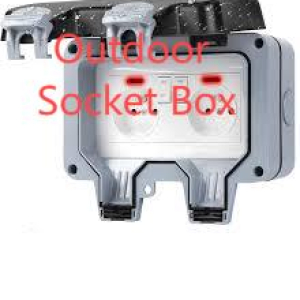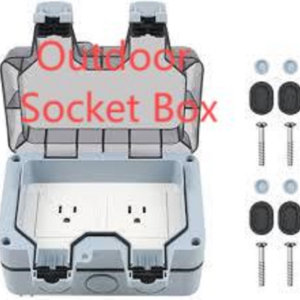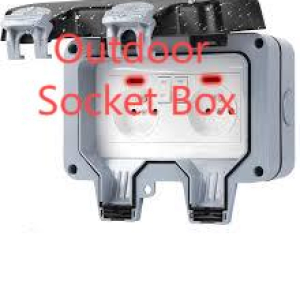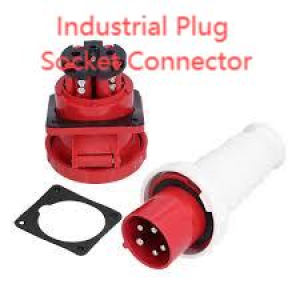Specifying the right Industrial Plug Socket Connector early in a project prevents mismatches and field failures, and choosing the correct Industrial Plug Socket Connector at design stage ensures proper amperage, mating integrity, and environmental protection for long-term reliability. Getting connector selection right up front reduces downtime, simplifies maintenance, and helps installations meet safety standards without costly retrofits.
Materials and Contact Design
Connector longevity depends heavily on materials and contact geometry. High-conductivity copper-alloy contacts with durable silver or nickel plating minimize contact resistance and slow corrosion. Housings made from reinforced thermoplastics resist chemicals and impacts, while die-cast aluminum or stainless-steel shells provide mechanical protection in harsh locations. Strain-relief designs, sealed cable entries, and keyed housings prevent conductor fatigue and accidental mismating, preserving both electrical performance and technician safety.
Standards, Ratings, and Environmental Protection
Objective certifications simplify procurement. Require relevant IEC, UL, or regional approvals that cover dielectric strength, temperature rise, and mechanical endurance. Ingress Protection (IP) ratings indicate dust and water resistance—higher IP values are essential for outdoor or washdown environments—while IK ratings quantify impact tolerance for public or high-traffic areas. For corrosive atmospheres, specify corrosion-resistant plating and confirm salt-spray or chemical-resistance test data to reduce premature failures.
Thermal Management and Electrical Safety
High-current contacts generate heat; thermal planning prevents hotspots that shorten connector life. Ensure conductor cross-sections match rated currents and verify temperature-rise tests under load. Consider conductive mounting plates or heat-dissipating brackets to conduct heat away from contacts in densely packed panels. When connectors are part of continuous-load systems, allow service margin (overrating) to reduce stress during peak conditions and extend operational lifespan.
Nante’s Installer-Friendly Features
Practical mechanical choices save time on site and preserve sealing integrity. Look for captive screws that remain with covers, removable mounting plates to simplify wiring, and pre-configured gland plates for multiple cable sizes. Positive-locking mechanisms and keyed housings prevent accidental disconnection and mismating. Clear internal labeling and DIN-rail compatibility speed commissioning and future retrofits. Replaceable contact modules and gasket kits reduce repair times and lower lifecycle costs.
Installation Best Practices and Commissioning
Proper assembly and commissioning catch problems early. Use torque-limited drivers on terminals to avoid loose joints and hot spots. Apply correct cable glands and strain relief, and maintain service loops to prevent conductor strain during movement. During commissioning, perform infrared thermography under operating load to detect high-resistance connections before they fail. Document wiring and labeling so future technicians can troubleshoot rapidly.
Testing, Maintenance, and Spare-Part Strategy
Adopt a proactive maintenance plan: periodic visual inspections, torque checks, and contact condition assessments reduce unexpected failures. Maintain a small inventory of critical spares—contacts, gaskets, locking rings—to accelerate repairs. Record failures and environmental conditions to refine future specifications. Where uptime is critical, consider supplier service offerings such as exchange programs or local repair options to shorten downtime.
Application Fit and System Integration
Match connector families to application needs—portable equipment benefits from robust locking and impact-resistant shells, while fixed installations may prefer low-profile, high-IP designs for thermal control. For multifunction sites, select modular systems that accommodate power, earth, and signal contacts without changing mounting footprints. Standardized cutouts and accessory compatibility reduce stocking complexity and simplify cross-site maintenance.
Choosing the right connector is a systems decision: contact metallurgy, sealing, thermal strategy, and field support all affect safety and uptime. Prioritize certified designs, installer-oriented features, and a clear spare-part strategy to ensure secure, maintainable power connections. For detailed specifications, certified test reports, and configurable Industrial Plug Socket Connector options, visit www.nante.com/product/






